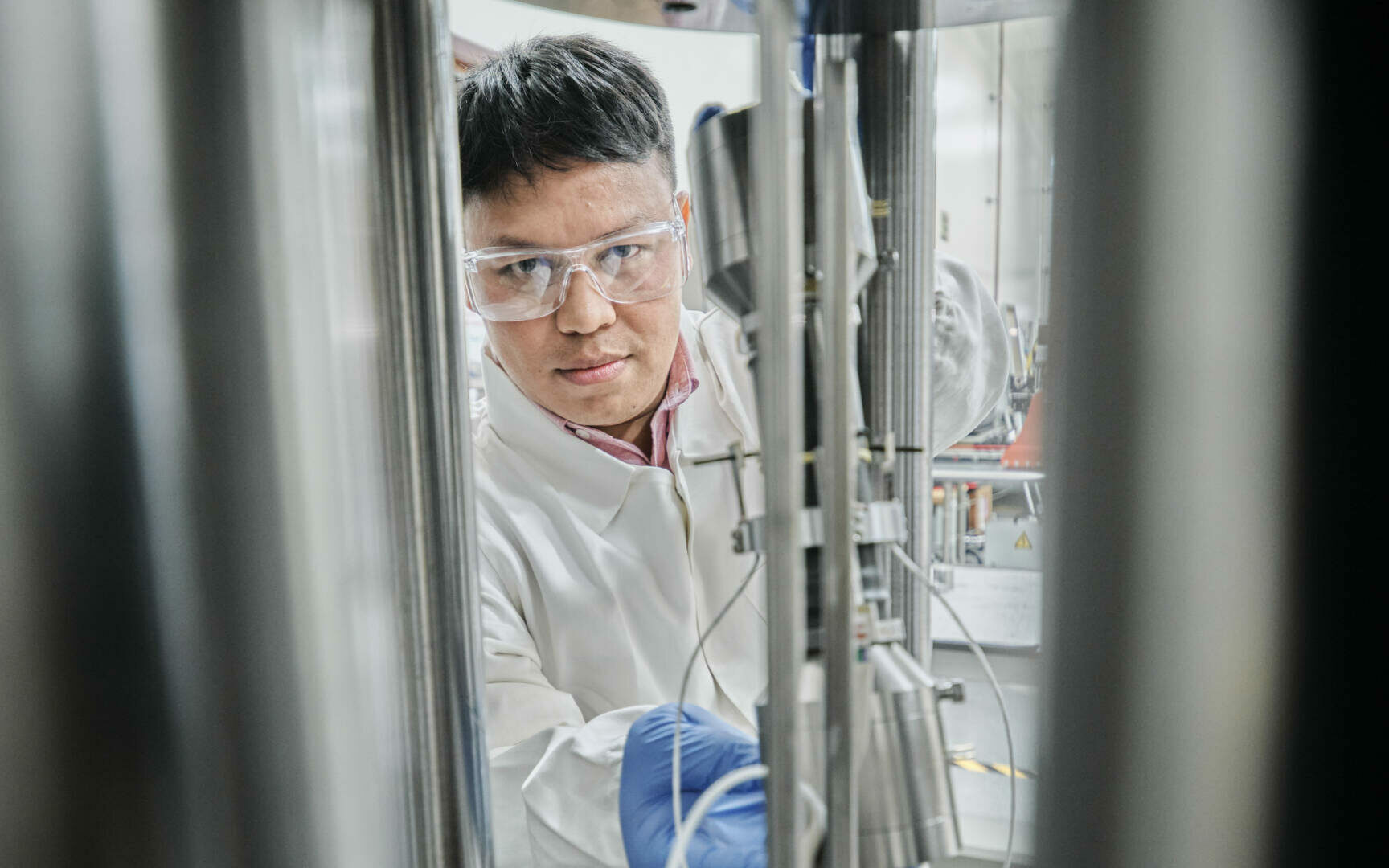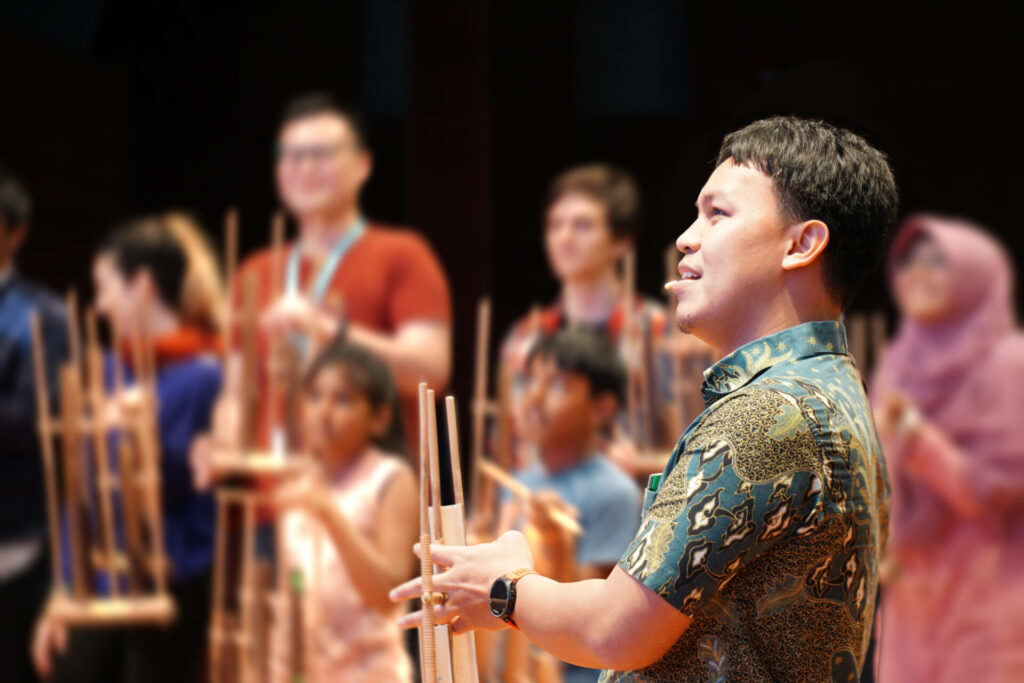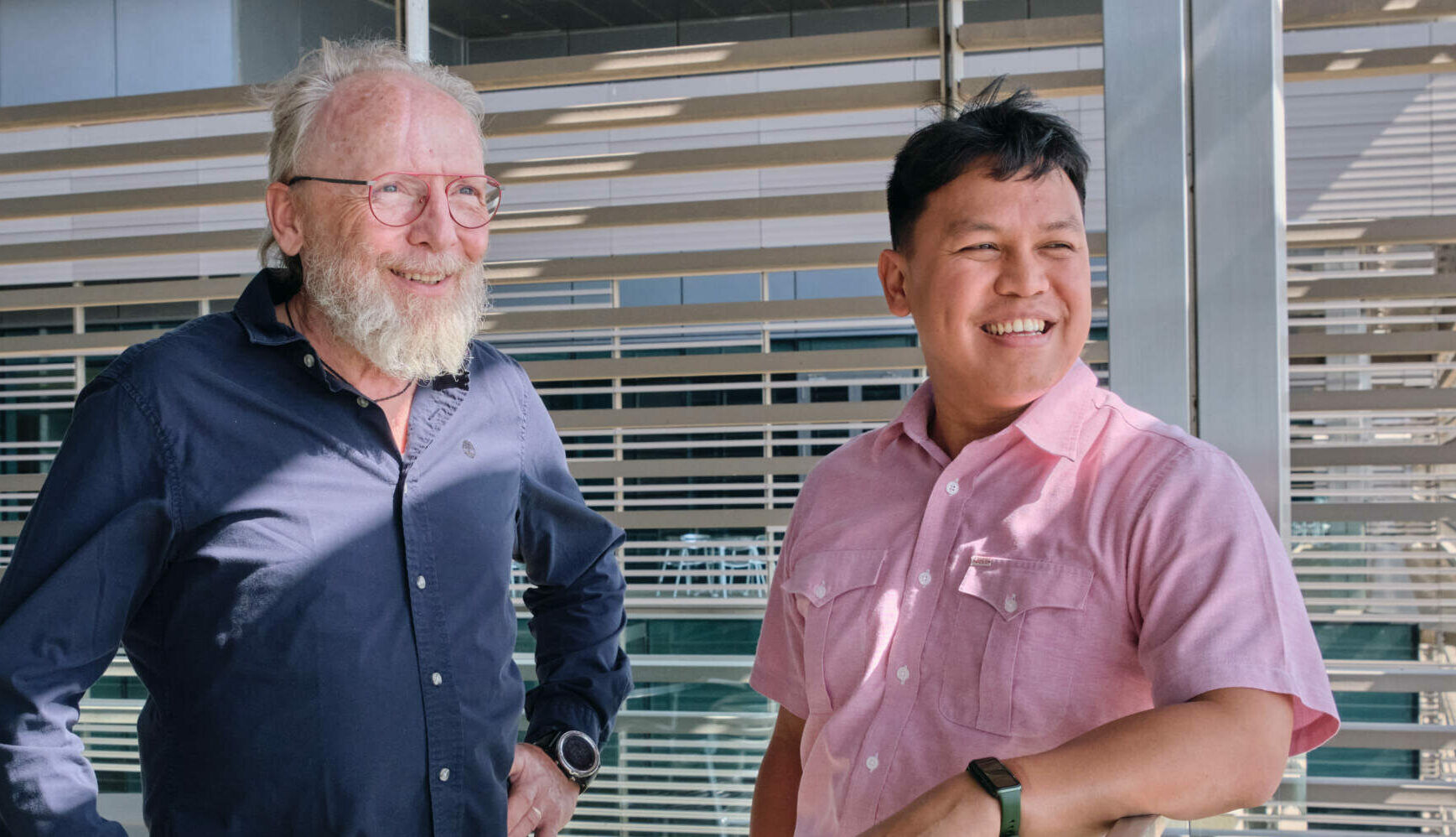Andika Perbawa’s expertise with two unusual instruments has helped shape his time at KAUST.
In the lab, Perbawa uses a custom-made instrument that he redesigned to study the interaction of porous rock with CO2. This postdoc project, conducted in the labs of Volker Vahrenkamp in the Ali I. Naimi Petroleum Research Center, aims to establish how captured carbon emissions will behave once injected underground for long-term geological storage and residual-oil recovery.

Outside the lab, Perbawa’s interests lie in an instrument of a different kind: the angklung. The angklung is a traditional musical instrument of Indonesia that consists of bamboo tubes hung within a frame. When the instrument is shaken, the notes ring out; short tubes produce the high notes and long tubes provide the lows. Perbawa conducts KAUST’s ensemble of angklung players.
“There are surprising overlaps between Perbawa’s research and musical pursuits,” he says. Not least the role of creative thinking.
“Music is always about creativity,” he says. As well as traditional Indonesian songs, the group plays well-known rock and pop tunes. “Playing Bohemian Rhapsody was our most memorable performance,” he says. “It took us about six months to practice, but I’m so proud of the result and all our musicians.”
“Stimulating the creative part of the brain can pay off in the lab,” Perbawa says. The research instrument at the heart of his work, called the triaxial frame, is a large device used to test strength. To get answers to the type of research questions that the team is asking required some outside-the-box thinking. “We customized the device, enabling it to inject CO2 into the rock and to run the experiment at high temperature and pressure to emulate subsurface conditions,” he says.
Word of the unique experimental instrument and the team’s expertise has spread, resulting in collaborative research projects with other universities in the region, as well as with Saudi Aramco.
As one of the creative leads behind the customization of the unique instrument, Perbawa is one of just a few people who know how to operate it successfully. His recent research has explored how injected CO2 would interact with Saudi Arabia’s carbonate rock aquifers, a promising geology type for captured carbon sequestration. “As well as running experiments, I am also teaching new students and postdocs how to work with this machine,” he says.

Again, Perbawa’s experience conducting the diverse group of players in the angklung ensemble has had a direct crossover to his lab work. “When I am leading the group, I try to find a way to make each person understand what I’m saying,” he says. “I have learned how to earn people’s trust.”
“With his experimental skills and deep understanding of the highly complex triaxial frame, Andika has been a key contributor to the subsurface CO2 sequestration projects we are tackling in my group,” Vahrenkamp says. “Unknown to me, he brought another skill to the table when he joined: he recruited a large part of the team — Indonesian or not — to play in the angklung orchestra. It is a great joy for me to listen to the orchestra and a big contribution to the good spirit in the team.”

